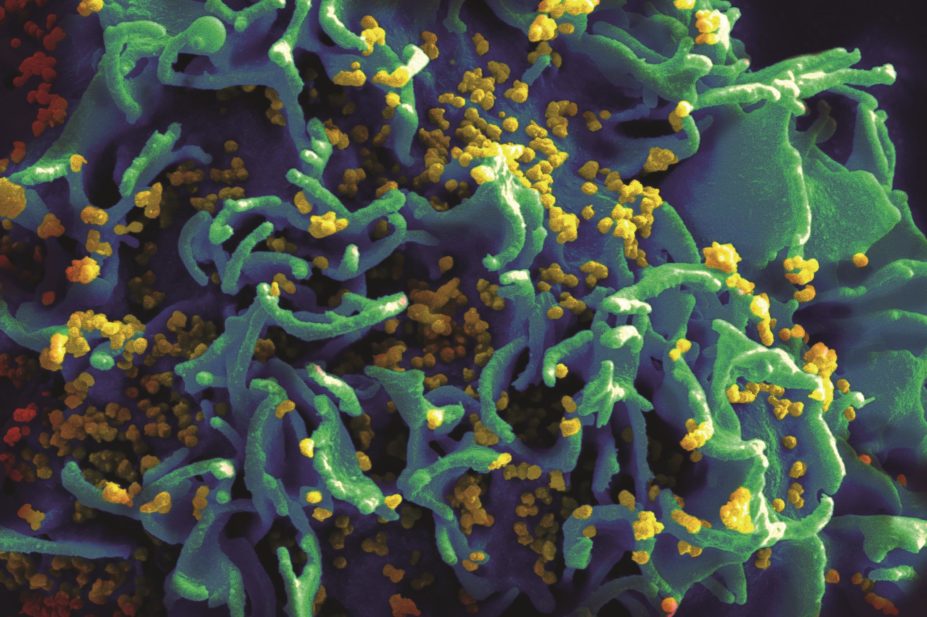
National Institutes of Health (NIH) / Wikimedia Commons
Understanding the factors that affect HIV virulence are important to ongoing efforts to contain the disease. Researchers studying the virus in Botswana and South Africa – countries severely affected by HIV – have found that the virus is evolving relatively rapidly, which is contributing to a reduction in HIV virulence at the population level.
In Botswana, where the epidemic started earlier and reached higher blood serum levels in the adult population than in South Africa, HIV replication capacity is lower. In Botswana, HIV is also better adapted to the HLAB* 57 allele, which has no protective effect, in contrast to its impact in South Africa. Models also suggest “distinct benefits” of antiretroviral therapy in driving declines in HIV virulence over the course of the epidemic, researchers write in PNAS (online, 1 December 2014)[1]
.


